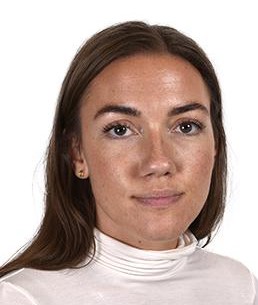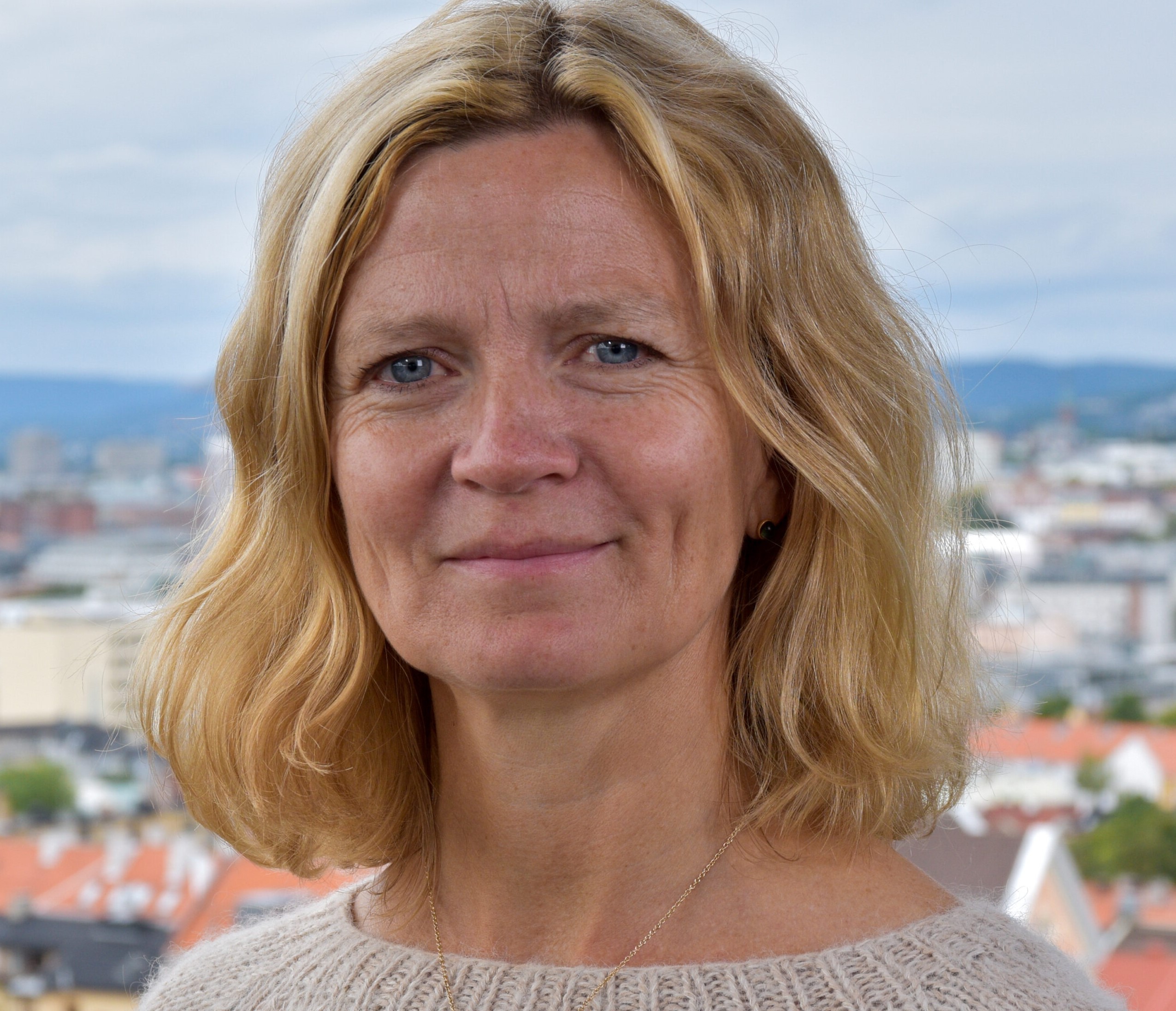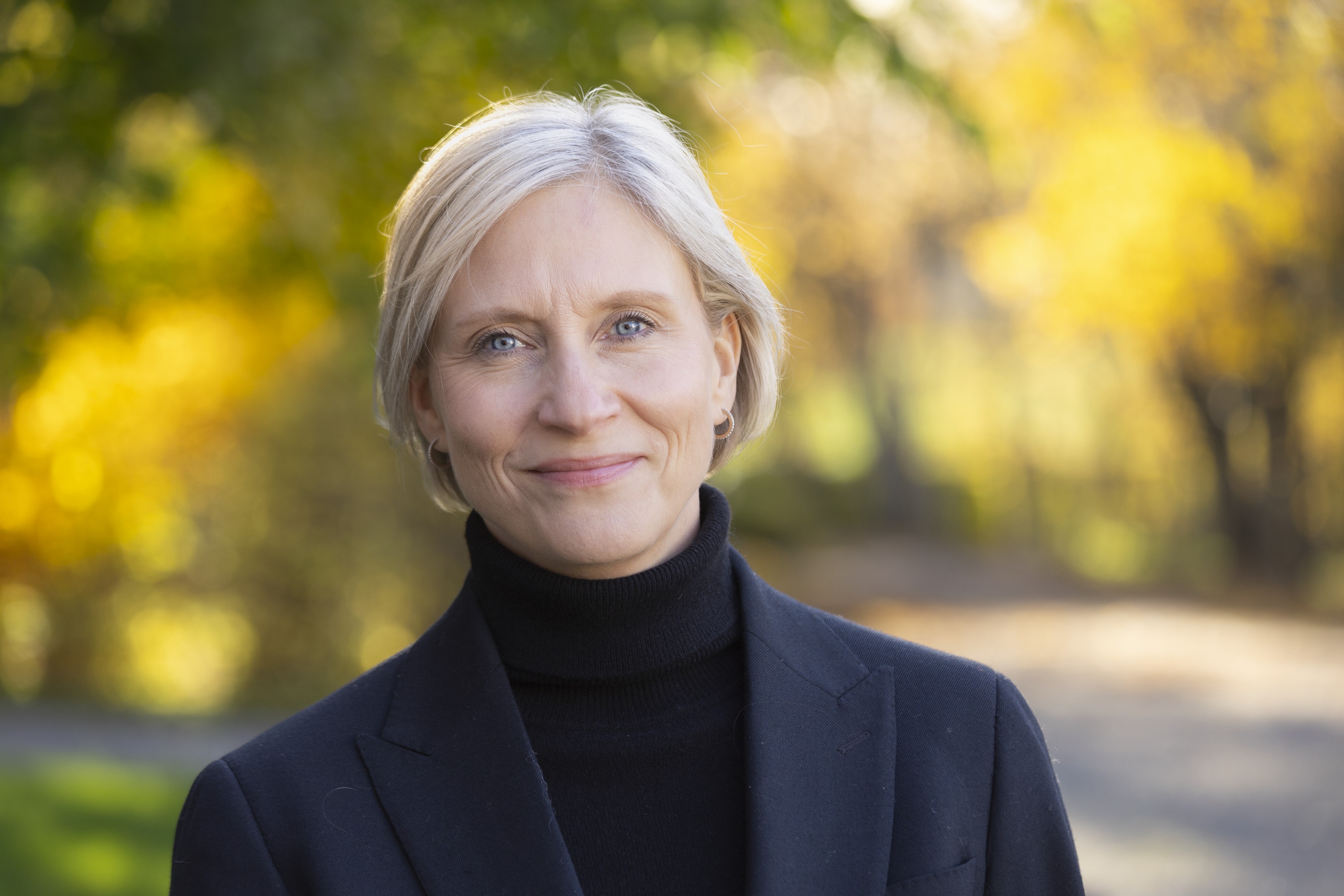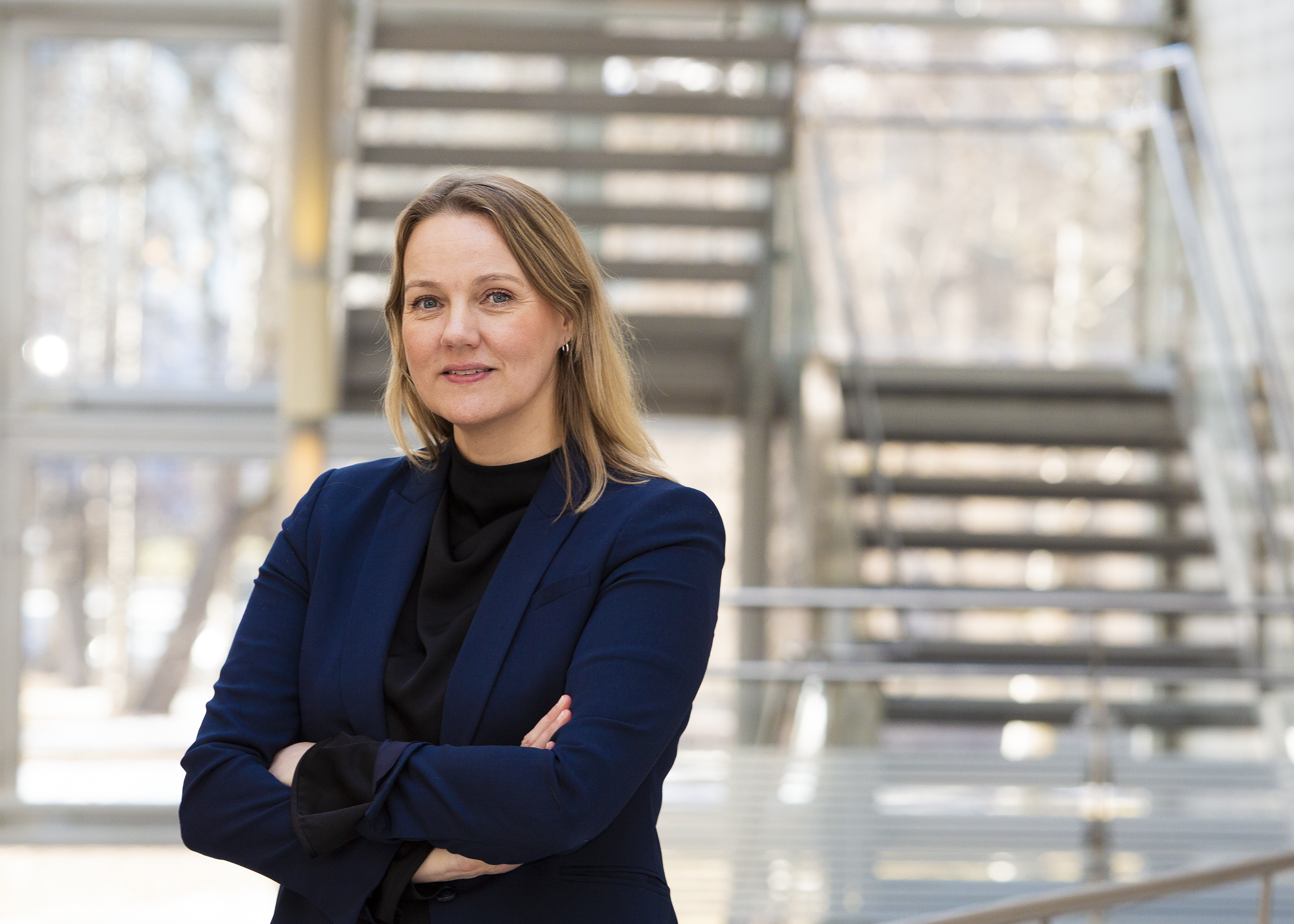New She Figures statistics: The EU is sharpening its focus on diversity in research
Researchers are seeing a gradual shift towards greater diversity in European statistics. “She Figures” has reported on gender balance in research for over 20 years, and intersectionality is finally coming into its own. But be aware of some classic pitfalls, says researcher.
“Intersectionality is now a really hot topic among decision makers,” says Jörg Müller, researcher at the University of Catalonia.
He has written the policy brief that accompanies She Figures 2024, which provides the most important statistics on gender and equality in research and innovation. The report, which is published every three years, collates figures from across the EU and a number of other countries, including Norway.
“Were there any surprises this time around?”
“Not really,” says Müller.
“Women are making some progress in early and mid career stages, but most top academic positions remain male-dominated in most EU countries.”
The She Figures report presents European statistics on women and gender balance in research, and Norway is also included in the data basis. The reports are prepared every three years by the European Commission. See the latest and earlier reports on Kifinfo
Many in the sector will nod in recognition of the statistics – or rather shake their heads:
- Among the doctoral graduates 48 per cent are women, 52 per cent are men.
- The proportion of women is lowest among doctoral graduates in ICT (21 per cent) and engineering and technology (27 per cent). At professor level, women make up around 20 per cent in these subjects.
- Only 34 per cent of researchers in the EU are women, with the lowest proportion in the business economic sector.
- Only 30 per cent of top positions in academia are held by women, with 26 per cent in head of department positions.
- Only 9 per cent of patent applications are signed by women.
- Just 2 per cent of academic publications employ a gender perspective.

“Surely there must be something new?”
“A She Figures Index has been introduced this year,” says Müller.
“This makes it easier to compare how different countries rank overall in terms of gender balance in research and innovation.”
Intersectionality and inclusion are also new categories, and for the first time, the report includes statistics on the gender pay gap. These show that female researchers in the EU earned on average 20 per cent less than male researchers.

How does Norway rank?
Frøydis Sæbø Steine at Statistics Norway has been responsible for collecting and submitting Norwegian figures for the report. She tells us that Norway scores high on several indicators.
“We are sixth best in Europe when it comes to the proportion of female rectors in the university and university college sector,” she says.
The figures show that 40 per cent of rectors are women. Norway is also one of few countries where women have a higher success rate than men in research funding applications.
“The rate in our most recent figures is 29 per cent for women and 24 per cent for men. That’s quite good,” says Steine.
According to the researcher, around 1,900 women applied for research funding in 2022 against around 2,900 men.
“In other words, fewer women applied, but we have no explanation as to why women have a higher approval rate. It could be related to the programme, subject area and so on.”

“Positive, but skewed”
“If you ask where the balance is worst, it’s in the field of technology, where only 18.4 per cent of professors in Norway are women,” says Kaja Wendt, senior advisor at Statistics Norway and group leader for statistics on research and development in the public sector.
Admittedly, the proportion of female professors in the technology field has increased by 6.5 percentage points over the decade.
“The proportion is increasing little by little. That’s positive, but the distribution is still skewed,” says Wendt.
She and her colleagues have previously developed estimates of how long it will take to achieve gender balance in professorships.
“When we estimated this in 2019, it looked like it would take 100 years to achieve a balance in technology. But depending somewhat on the estimation method, more recent figures suggest that it’s happening a bit faster than we thought,” she says.
Wendt adds that other factors also come into play.
“This includes the large increase in international researchers in Norway. The gender balance is somewhat more even in this group than for Norwegians in the field of maths, science and technology.”
In 2024, only 27 per cent of doctoral graduates in the technology field in Norway were women.

Slow progress for gender equality at NMBU
Achieving gender balance in permanent academic positions is still a Gordian knot. Some countries, such as the Netherlands, have introduced radical quotas to address the problem, but such schemes are not practised in Norway.
“We have managed to achieve a share of over 30 per cent female professors, and we are happy about that. But progress remains slow going,” says Siri Fjellheim, Rector of the Norwegian University of Life Sciences (NMBU).
When Fjellheim took over as vice-rector in 2020, the proportion of female professors was around 26 per cent – one of the lowest in the university and university college sector. She wanted to do something about that.
“I only had one year in the role and thought: What can I manage to achieve in that space of time? That’s when we started a promotion programme,” she explains.
The programme, which has been continued, is targeted at female associate professors and postdoctoral researchers. Participants receive professional guidance and career development support and participate in mentor groups, a scheme where professional and social support is provided in close-knit groups.
“This is one of several measures we can use to improve the balance at the top,” says Fjellheim.
This harmonises with the conclusions of Kaja Wendt at Statistics Norway:
“The She Figures 2024 report shows that targeted measures work, but that change takes time.”
Gender differences in publishing and innovation
Siri Fjellheim points out major gender differences in publication. According to She Figures, women publish less than men, and the differences increase the higher in academia you come.
“We can help with measures such as dedicated writing periods or time off from teaching obligations, to give women the time and opportunity to publish articles and do what is required for promotion,” says Fjellheim.
She also reacts strongly to the gender differences in patenting shown in the She Figures report. Only 9 per cent of patent applicants in Europe are women, which is below the global average of 12 per cent.
“That’s shockingly low. When we create new technology, it must reflect society. That means we need diversity,” says Fjellheim.
More intersectionality?
Both the statisticians at Statistics Norway and Jörg Müller see a gradual shift towards greater diversity in the She Figures reports. Müller believes that intersectionality is coming into its own, but warns against some classic pitfalls.
“Many people think that compiling variables such as gender, age, disability and ethnicity is enough. But that's not what intersectionality is really about,” says Müller.
The point, he emphasises, is to understand how different forms of discrimination are interconnected and reinforce each other.
He also points out that we often forget to look at who actually has power.
“Intersectionality is not just about who is excluded. It’s also about who has privileges – and how they are maintained.”

Research Council of Norway soon to launch action plan
Intersectionality is particularly evident in one specific area of the She Figures report. That is how many Horizon Europe projects have an explicit intersectional approach in the period 2021–2023. The figures also include partners outside Europe, totalling 33 countries.
At the top is South Africa with 2.6 per cent, followed by Japan with 1.8 per cent. Norway is in twelfth place with 0.5 per cent.
“What does the Research Council of Norway think about Norway scoring just above average when it comes to integrating intersectional perspectives in Horizon Europe projects?”
“The Research Council takes a comprehensive approach to gender perspectives in research. It is an extensive police area and we want to develop and learn from others, for example through collaboration with European organisations,” writes Benedicte Løseth, Executive Director for the Research System and Internationalisation at the Research Council of Norway, in an email.
“Is intersectionality an area the Research Council wants to prioritise going forward?”
“The Research Council will certainly monitor developments and prioritise relevant topics going forward. Intersectionality remains highly relevant, both nationally and internationally, and the Research Council plays an important role with its contributions. We are presently in the process of updating our plan for gender balance, gender perspectives and diversity.”
The Research Council’s main priorities going forward will become clear when the plan is adopted just after the summer, Løseth writes.
Translated by Totaltekst.
- Most women in research and technology: Norway has the highest proportion of female scientists and engineers in the workforce in Europe (7.1 per cent women against 5.8 per cent men).
- Many female researchers: Norway has the second highest proportion of female researchers per 1,000 working women, with only Iceland scoring higher.
- Fewer women in temporary positions: Norway has more men than women in precarious research positions. The opposite is true in most other countries.
- Women do not work part-time more often than men: In Norway, female researchers are less likely to work part-time than male researchers, which is unusual in Europe.
Source: She Figures 2024
She Figures 2024 shows that only 2 per cent of academic publications in the EU countries employ a gender perspective.
In Norway, figures and statistics from the project databank of the Research Council of Norway’s allocations in 2024 show the following allocations to research with a gender perspective:
- Gender as a variable – 207.9 mill.
- Gender as a perspective in problem-solving – 173.3 mill.
- Gender as the main issue – 69.1 mill.
Examples from the Research Council’s work on gender mainstreaming:
- Integration in research projects: In the project template for research applications, the Research Council asks applicants to consider whether gender perspectives are relevant to the proposed project. Peer reviewers are asked to consider this when assessing applications.
- International cooperation: Norway has endorsed the Ljubljana Declaration, which affirms gender balance, equality and inclusion as common European core values. This entails, among other things, facilitating fair and equal research careers and integrating gender perspectives in research and innovation. Through the EU project GenderNet and GenderNet-Plus (2013–2023), the Research Council of Norway funded 13 transnational research projects with gender perspectives.
The Research Council of Norway also has a Policy for Gender Balance and Gender Perspectives in Research and Innovation (from 2019). The plan for gender balance, gender perspectives and diversity is currently being revised and will be adopted after the summer.
Source: Research Council of Norway



